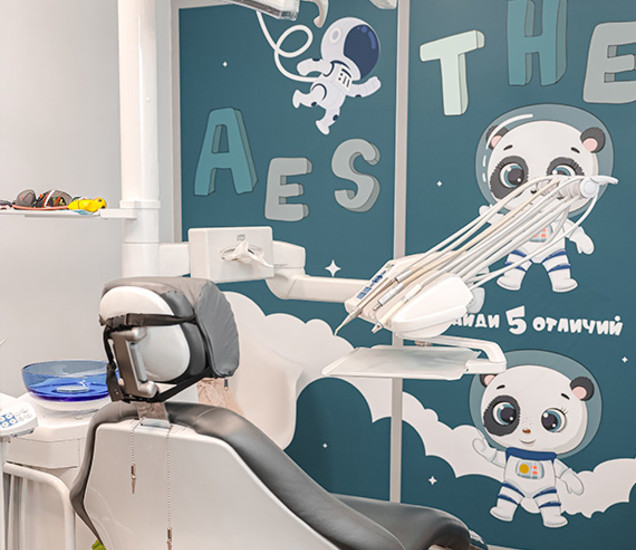The process of making a zirconia crown
Several types of prostheses are made from this material. The most common among them are classic and monolithic.
Classic models are two-layered. The basis of such a prosthesis is a strong zirconia framework, capable of withstanding significant loads. However, it has a bright white color with a milky tint. Therefore, to improve the aesthetic properties, a porcelain coating is applied to the framework, which makes the crown realistically mimic a natural tooth. However, the connection between the two materials is not very strong, so chips are possible. The likelihood of such defects increases with prolonged use.
Monolithic models are made without adding porcelain. They are stronger, cut from a solid block of zirconia, polished, and colored. These prostheses lack transparency, so they are not installed in the smile zone. They are well suited for use in areas with increased chewing load.
Zirconia models are made in several stages.
- After grinding the teeth, the doctor takes impressions, creates a digital 3D model.
- Based on the 3D model, technicians in the laboratory make prostheses. For this, a milling machine with computer control is used – it allows the creation of a crown that exactly matches the patient's teeth.
- The next stage is firing. High-temperature treatment gives the product additional strength.
The production of monolithic prostheses ends at this stage. If a two-layer crown needs to be made, two more stages are added – applying a layer of porcelain and final firing.
Installation stages
We work according to the following algorithm.
At the first appointment, the doctor examines the patient's oral cavity, assesses the condition of his teeth, and collects medical history. Then, images need to be taken – either X-ray or computed tomography is used. If necessary, laboratory diagnostics are performed to rule out contraindications.
The next stage is preparatory. It is necessary to treat caries and other diseases of the teeth and gums, if necessary – clean the root canals, remove diseased nerves, perform a professional cleaning of the tooth surface to remove soft plaque and hard deposits.
To make crowns, the doctor:
- uses a 3D scanner to take digital impressions;
- creates a 3D model of the dental row;
- in a special computer program, adjusts the important parameters of future restorations – shape, size, occlusion.
These data are sent to the laboratory, where the technicians load them into the milling machine. The prosthesis is milled, and for additional strength, it undergoes firing.
Then the installation is performed. The ready prostheses are fixed:
- on the ground tooth – using dental cement;
- on the implant – using a special device called an abutment.
The installation duration depends on the number of units to be restored.










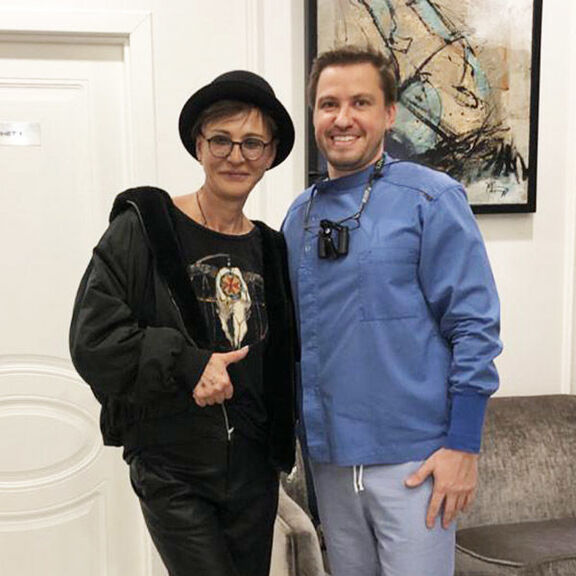

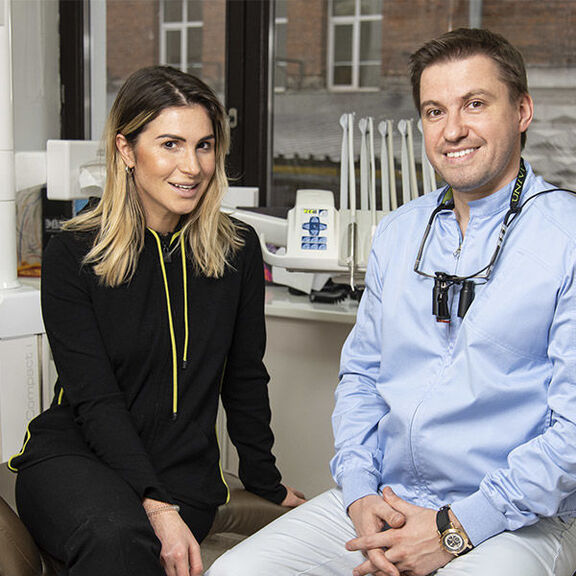




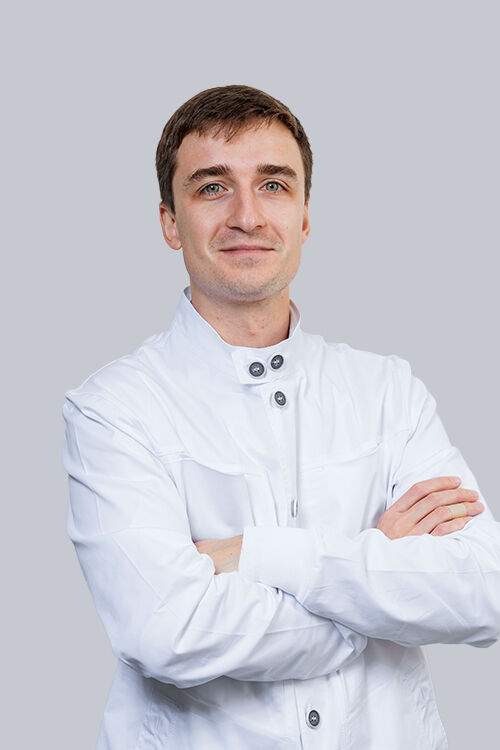






















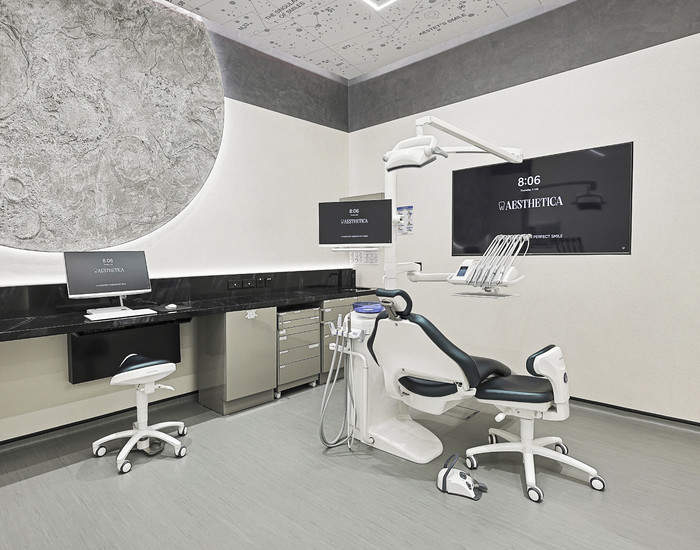
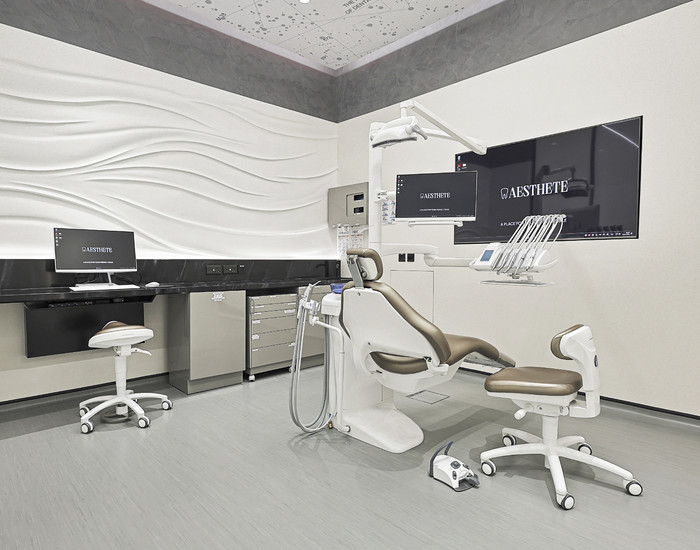






_700x550_ac7.jpg)
